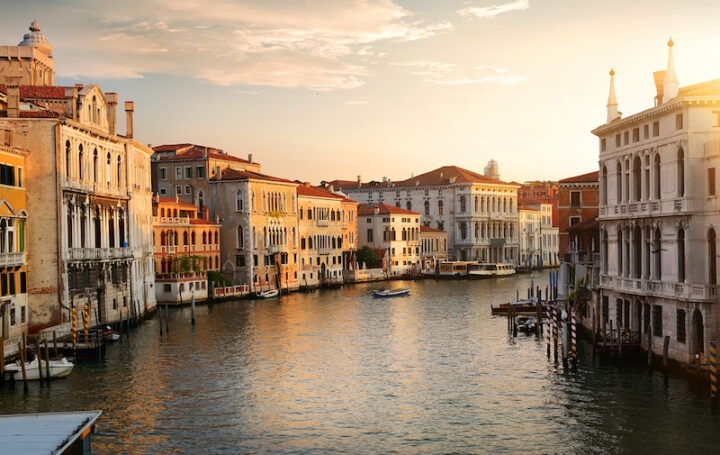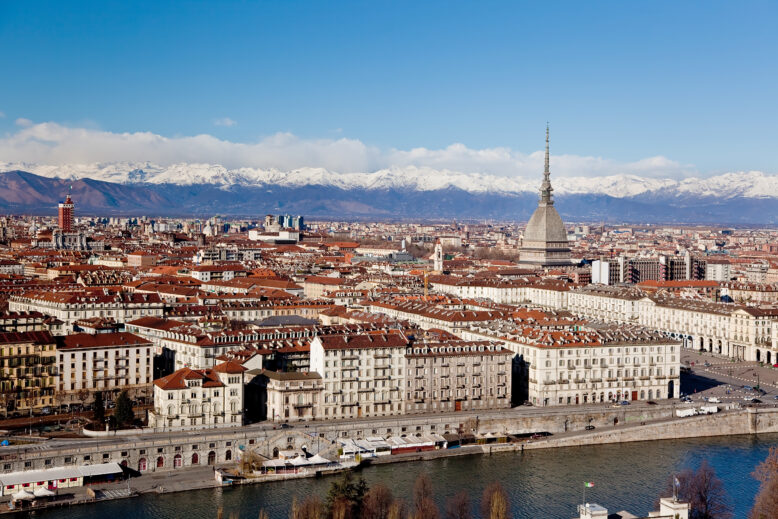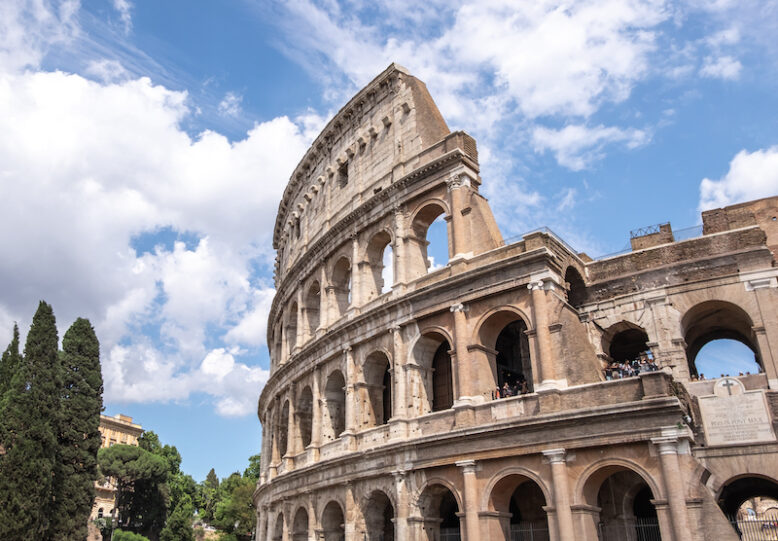Italy is a country brimming with hundreds of local and minor languages and dialects. These linguistic entities began to arise soon after the fall of the Roman Empire. And since then, they have sculpted and modelled a society which, after many years, finally adopted a single standard language: Italian.
Nevertheless, local dialects have survived the test of time in specific regions and provinces of the Peninsula, despite being at risk of extinction. Indeed, they are distributed all over the country, albeit limited to certain geographical areas, and are generally not mutually intelligible.
Major shifts in pronunciation, lexicon, and morphosyntactical processes have made these languages appear very different from one another. This is mainly due to frequent past invasions and foreign domination that took place from the Middle Ages onward.
In today’s article, we are going to take a look at how these Italian dialects and languages are classified and where are they found across the Italian territory.

List of Italian Dialects – The Main Groups
First of all, it is important to clarify that there are more than one hundred dialect variations across Italy, but those with similar characteristics have been classified into groups. The main clusters can be defined in the following manner (from north to south):
- Venetian Language
- Gallo-Italic Languages
- Middle Dialects
- Tuscan-Corsican Language
- Sardinian Language
- Rhaeto-Romance Languages
- Neapolitan Language
- Sicilian Language
Each of these linguistic groups has dozens of local variations that change according to the city or geographical area.
In previous articles, we took an in-depth look at the Sicilian and Neapolitan languages. These two dialects present so many differences that they appear to be two completely different languages. And this situation applies to the other aforementioned linguistic groups too. Moreover, as we will see later on, there are numerous foreign languages spoken in Italy that weren’t born on the peninsula at all.
Northern Italian Dialects
Venetian Language and Rhaeto-Romance Languages
This group is linked to the northern-eastern side of the Peninsula. Known as Vèneto, this language stretches from Venice to Verona, and from Belluno to the southern side of Trentino. This Romance language has eight main variations distributed in the following way:
- Central Veneto Region
- Venesiàn (Venice)
- Oriental Veneto
- Trevigiano (Province of Treviso)
- Veronese (Province of Verona)
- Vicentino (Province of Vicenza)
- Bellunese (Province of Belluno)
- Trentìn (Central Trentino)
Throughout the north-east, some vocabulary items change even from city to city, such as Padua and Venice which are relatively close to each other.
The Rhaeto-Romance Languages instead are found in Friuli Venezia Giulia, the upper North-Eastern region which borders Slovenia and Austria. Here you will encounter Ladin or Ladino, and the Friulian dialects.

Gallo-Italic Languages
This wide linguistic group comprises four main regional dialects, namely:
- Ligure (Liguria)
- Piemontese (Piemonte)
- Lombardo (Lombardy)
- Emiliano (Emilia Romagna)
As you might expect, these regional dialects are composed of many minor local languages and among the most well-known are Genovese, from Genova, and Torinese-cuneese, that extends between Turin and Cuneo.
Likewise, Lombardo has a number of forms that greatly resemble one another, and is understood all around the Lombardy region, and outside too. This is because of its closeness to the standard Italian language.
Lastly, the dialects in Emilia Romagna are so numerous that it’s hard to cite them all. But they are spread across specific areas inside and outside the region. Romagnolo, for instance, is the most well-known and is spoken on the Adriatic coast in cities such as Rimini, Riccione, and Ravenna.
Emiliano, in all of its variations, is spoken by people from Bologna, Reggio Emilia, Modena, Carpi, and the surrounding area. The same group trespasses regional borders, appearing north of Marche and across the Tuscan borders as well.

Central-Southern Italian Dialects
Tuscan-Corsican Group and the Sardinian Language
The languages belonging to this group are separated by the Tyrrhenian Sea. Specifically, variations of Toscano are spoken in Tuscany, while Corsican is spoken in Northern Sardinia. The former hosts the father of the Italian language – Fiorentino – which was the chosen language elevated by authors and poets of the calibre of Dante Alighieri, Francesco Petrarch, and Giovanni Boccaccio.
The Corsican language is used by people living in the provinces of Sassari and Olbia in Gallura. This is mainly because of migration and contact between the Sardinians and the Corsicans. The rest of the island, on the other hand, speaks variations of the Sardinian language which consists of Sardo campidanese, Sardo nuorese, and Sardo logudorese. The Corsican and Sardinian language cannot be understood by other Italian speakers at all.

Middle Dialects
The central regions of Italy are dominated by this linguistic group. It touches Lazio and the Italian capital city, Rome, as well as Umbria, the Marche, and the western side of Abruzzo. Among these dialects the most recognise are Romàno (Romanesco), Laziale, Umbrian dialect, and Sabino.

Neapolitan Languages
This group is among the widest, together with the Sicilian group. Its variations are found in six different southern regions. Namely they are:
- Campania
- Apulia
- Basilicata
- Calabria
- Abruzzo
- Molise
Neapolitan is characterised by the frequent usage of the schwa, that is, the phonetic symbol written as an upside-down e. The ə is a vowel used also by anglophones, and it’s pronounced as an undefined sound requiring no effort from jaw or mouth muscles. To better understand it, we suggest reading our article about the Neapolitan languages and how it differs from Italian.
Today Neapolitan has over 6 million speakers and its linguistic variations differ only in accent and pronunciation.

Sicilian Languages
Sicilianu is the main language of the Sicilian Island. It is also diffused across the archipelagos of Eolie and Pantelleria. It incorporates various local dialects such as Palermitano (Palermo), Catanese (Catania), Ennese (Enna) and so on.
It is also used in Salento, the far south of Apulia where it mixes with Greko, a descendent of the Greek language. Sicilian varieties are found in South Calabria too where it is separated by the Strait of Messina.
The Sicilian language is difficult and very hard to understand for Italians. To discover more about it, we suggest visiting our article about the main differences between Sicilian and Italian (coming soon).

Foreign Languages in Italy
This article wouldn’t be complete if we didn’t dedicate a paragraph to the foreign languages that entered the Peninsula and make up part of its culture’s rich tapestry.
First of all, we have the Occitan language and Provencal, which are the languages spoken by communities in Val d’Aosta and Western Piemonte. The former is an official language in Switzerland that was borrowed by these linguistic communities on the border with France and the Alps. The latter is mainly used in Provence, in the south of France, and is mostly spoken halfway between the French and Italian Alps.
Moreover, it is important to know that in almost the whole of Trentino, the Sud Tirolese German variant is spoken. Likewise, the German language is also used in Northern Piemonte and Val d’Aosta.
A curious presence in North-West Sardinia is the Catalan Language of Catalunya, although the area in which it is used is limited to just Capo Coccia and Alghero.
Finally, Slovenian is spoken along the border of Slovenia and Friuli Venezia Giulia. And in Molise, there is a small community that speaks Croatian.
Conclusion
As we have seen, Italy is far from the monolingual society it portrays itself as being. Rather it is a country full of cultural crossroads and fascinating languages, each deserving of its own place in Italy’s linguistic, customary, and historical mosaic.
About the author: Fabio Guarino
As a Linguist and Language Specialist, working as a Freelance Content Writer and SEO Marketer allows me to combine my passions and interests with my career. My favourite thing about working with languages is playing with words. And this is something I’ve always dreamed about since I started to wander the globe and study languages.

Fabio Guarino is a Linguist and Language Specialist who operates as a Freelance Content Writer and SEO Marketer. He considers himself fortunate to be able to blend his passion for his native language, Italian, along with English and Spanish, with his career.


